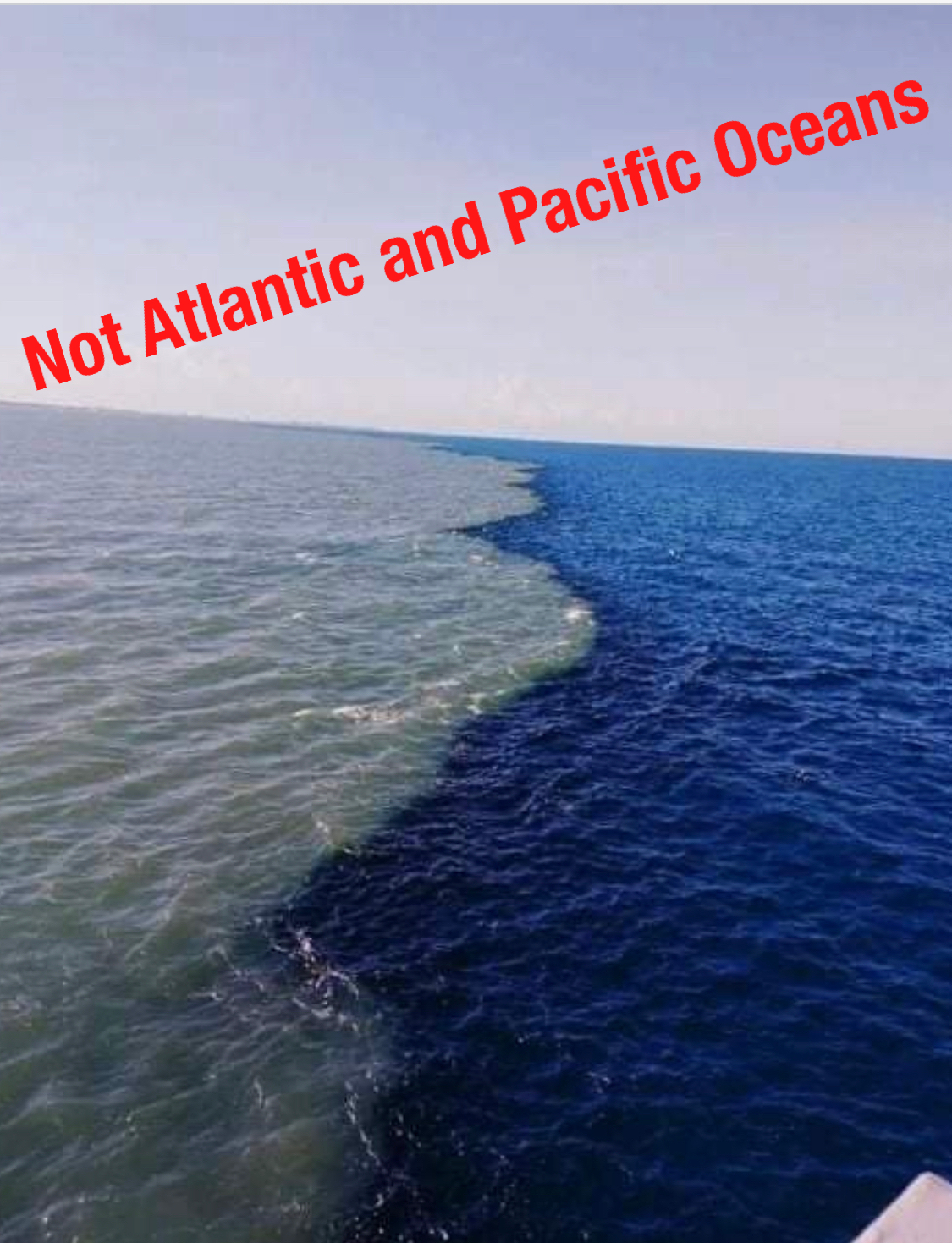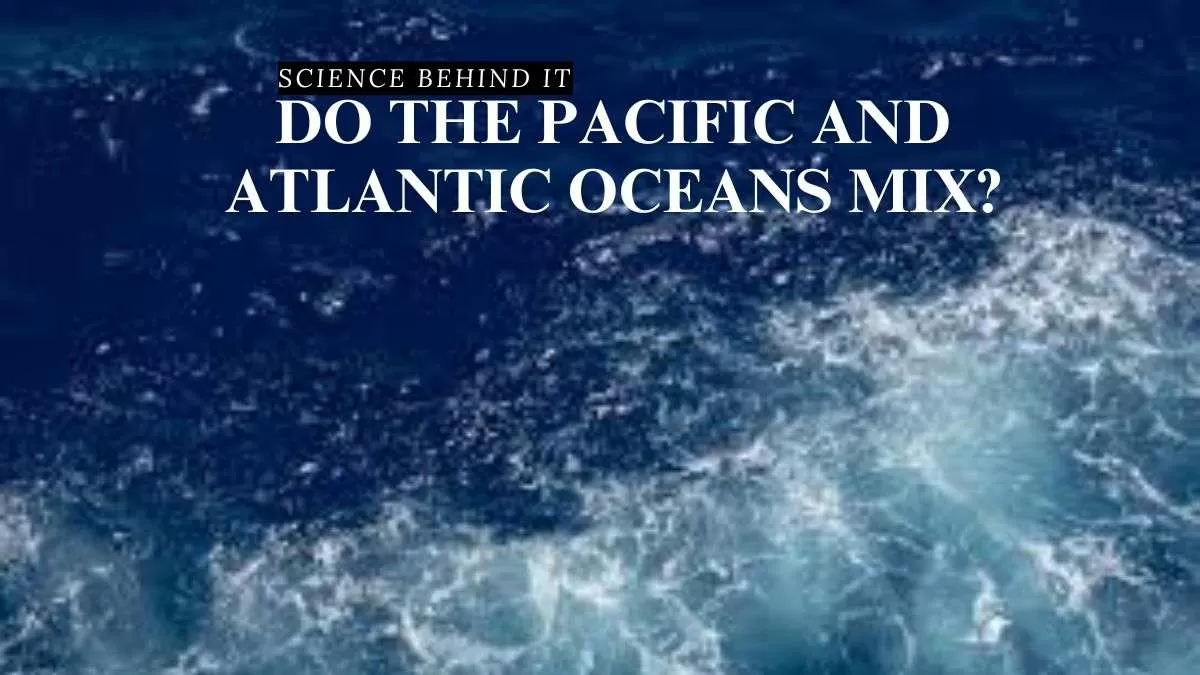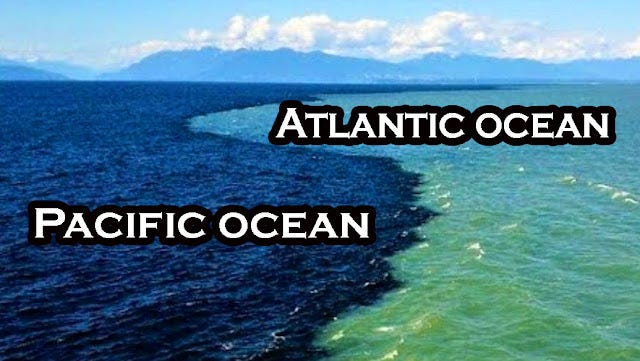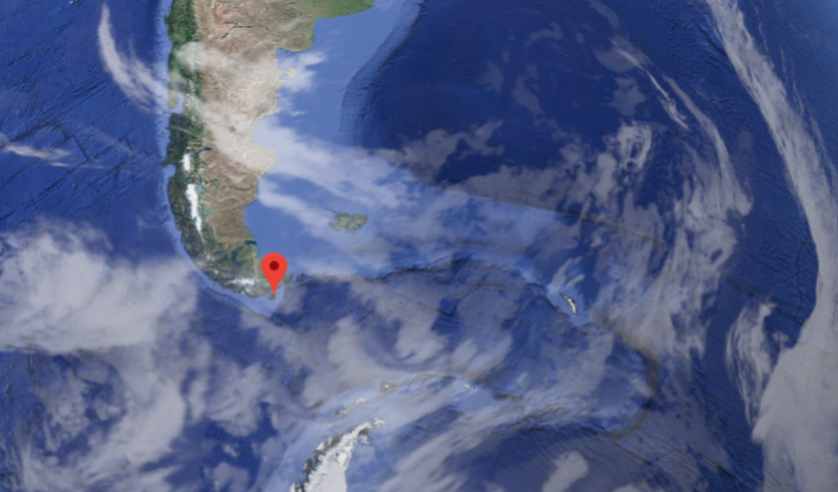Why Dont The Pacific And Atlantic Mix

Ever stood on a beach and wondered why the ocean waves didn't just… blend perfectly? Like when you stir milk into your coffee (or, you know, your juice, if you're feeling adventurous)? The ocean's a big place, surely everything just mushes together, right?
Well, here's a fun fact: in some places, like where the Pacific and Atlantic Oceans meet, they don't *quite* mix. At least, not immediately. Imagine them as two giant, grumpy toddlers, each guarding their own set of toys.
The Great Oceanic Standoff
It’s not like there’s an invisible wall or a salty referee shouting, "No Mixing!" But there *is* a visible difference where these colossal bodies of water come face to face. You might see a clear line, a change in color, or even foamy swirls marking the boundary.
Think of it like this: you’ve got your meticulously organized sock drawer (okay, maybe not you, but someone!), and then your partner's "sock explosion" drawer. They're both in the same dresser, but definitely not mingling nicely.
Why the Hesitation?
So, why this oceanic awkwardness? It's a combination of a few factors. The main culprits are density, salinity, and temperature.
Density basically refers to how much stuff is packed into a given space. Imagine trying to mix oil and water; the oil is less dense and floats on top. Same principle here, just on a much grander scale!
Salinity is the amount of salt dissolved in the water. The Atlantic tends to be saltier than the Pacific in certain areas. This difference in salinity affects density as well.
Temperature also plays a role. Colder water is denser than warmer water. Different ocean currents have different temperatures. Think of it like trying to mix hot and cold water—they'll eventually equalize, but not instantly.
The Coriolis Effect: A Subtle Stirrer
Another slightly more complicated player is the Coriolis effect. This is caused by the Earth's rotation. Imagine spinning around and trying to throw a ball straight – it’ll curve! The Coriolis effect influences ocean currents and can prevent immediate mixing.
It's like trying to stir a giant bowl of soup while someone's gently spinning you around. It makes things a little… complicated.
Not a Permanent Partition
Now, before you imagine the oceans permanently divided like some aquatic Cold War, let’s be clear: they *do* eventually mix. Over time, these differences even out through diffusion and turbulence. It's just not an instant, seamless blend.
Think of it more like a slow dance than a mosh pit. They're interacting, but with a certain… hesitation.
The ocean is a complex and fascinating place, full of surprises. Next time you're near the coast, take a moment to appreciate the dynamic dance happening beneath the waves. It’s a reminder that even in the vastness of the ocean, there's always room for a little bit of… separation anxiety.
"The sea, once it casts its spell, holds one in its net of wonder forever." - Jacques CousteauMaybe he wasn't talking about *mixing* specifically, but the sentiment certainly fits!


















